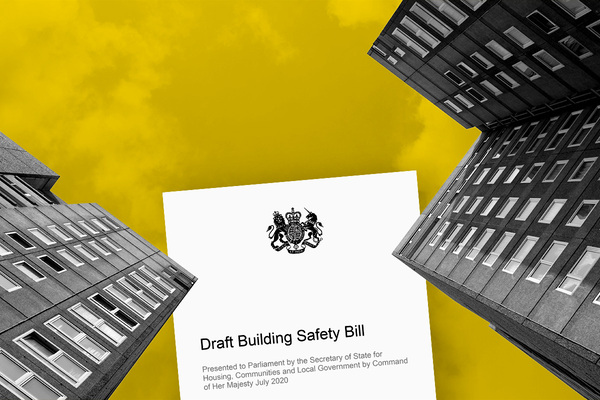You are viewing 1 of your 1 free articles
The HCLG report exposes the gap between the reality and rhetoric of government housing policy
The Housing, Communities and Local Government Committee’s call for more social rented housing is one the sector should get behind. But the Treasury has not heeded the message yet, writes Melanie Rees
We know MPs have licence to be radical when they are working in select committees. Even so, it’s always welcome when they endorse one of the social housing sector’s key demands.
In the case of the new report from the Housing, Communities and Local Government (HCLG) Committee, it’s not just the broad headline that’s to be welcomed. Much of the detail should be, too.
The main message is bold – there is “compelling evidence that England needs at least 90,000 net additional social rent homes a year and it is time for the government to invest”.
This target reflects work done by Glen Bramley of Heriot-Watt University for Crisis and the National Housing Federation that has been endorsed by the Chartered Institute of Housing (CIH). The number is obviously far higher than current social rented output – Professor Bramley found there is a backlog of some four million households with housing needs that we are failing to address. But if anything, this backlog is now likely to be worse as a result of the current COVID-19 crisis.
The committee met obstacles when it tried to find out if the supply of housing for social rent is increasing or not.
It quotes the CIH’s assessment, included in our select committee submission, that social rented supply has fallen by 165,000 units in England since 2012, because of Right to Buy, reletting properties at higher rents, and other reasons. It also calls on the government to produce more detailed figures so that trends can be monitored properly.
The committee points out that ministers continually attempt to switch the discussion to overall supply of ‘affordable’ housing even if “it is not truly affordable”, according to Terrie Alafat, former chief executive of the CIH.
The committee faced the problem that although ministers have a target to build 300,000 homes annually, that figure is based on studies going back to 2004 and there is no ongoing assessment of needs, much less one that breaks down the requirements by tenure, as Professor Bramley has done. It calls on the Ministry of Housing, Communities and Local Government (MHCLG) to rectify this, but a more detailed assessment would likely expose a huge shortfall, so ministers are unlikely to want one.
Nevertheless, MHCLG agreed with MPs that social housing has a ‘crucial role’ in meeting the annual 300,000 homes target. It also agreed this would mean a ‘step change’ in social housing delivery “but did not elucidate on what a step change might be in practical terms”, according to the committee. In fact, when asked directly, housing minister Christopher Pincher said he did not think it was right to put “a number on how many homes need to be built of one tenure or another”.
This illustrates a huge gap between rhetoric and reality: a step change can only occur if MHCLG sets detailed targets that convince the Treasury to provide the right amount of funding. As far as we can tell, it hasn’t done so.
Yes, the new Affordable Homes Programme (AHP) announced last March and confirmed in the chancellor’s Summer Statement is a significant increase in investment of about £500m annually. But is this enough to achieve the target the select committee is now putting forward? The short answer is no – it falls a long way short.
The AHP is intended to produce 36,000 affordable homes per year for a total of 180,000. This is far fewer than the annual average over the past decade, which was more than 50,000. The target is also for all ‘affordable’ homes, including low-cost homeownership.
We have seen the output of social rented homes fall dramatically, too, although it has now levelled out at around 6,000 annually. Presumably, because the extra spending now promised is aimed at building fewer homes, it does at least offer scope to raise grant levels per unit and increase the numbers built for letting at social rents.
“The HCLG Committee’s call is something we all can – and should – get behind”
This would be very welcome. However, there is still an awfully big gap between the output this might produce and the needs identified by Professor Bramley, which are now endorsed in the target MPs are recommending. Indeed, they want the government to be building 90,000 social rented homes annually within five years and say it needs to spend an extra £10bn each year to get there.
Why should the government pay attention? The HCLG Committee rightly says the effects of the pandemic have “exposed our broken housing system”. It says that as a result, “a social housebuilding programme should be top of the government’s agenda to rebuild the country from the impact of COVID-19”.
Echoing the message at the centre of Homes at the Heart, a national campaign and coalition calling for a once-in-a-generation investment in social housing, the HCLG Committee’s call is something we all can – and should – get behind.
Melanie Rees, head of policy, Chartered Institute of Housing












